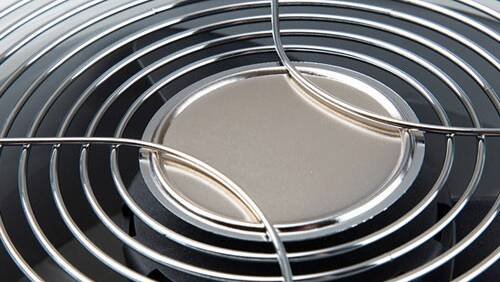It’s the time of year when we all make those resolutions to do things better next year. On a personal basis, nearly every one of us resolves to eat less and exercise more yet the weight loss and exercise equipment industry grows every year.
Most of the exercise gadgets end up in the next garage sale or as part of the annual clean out for Goodwill.
As a business, this is also an obvious time to update tactical plans. If you own or manage a building, or even if you are only responsible for utility bills, this is also a great time to think about how you can make that building more sustainable and protect the environment at the same time.
As this article from the University of Michigan’s Center for Sustainable Systems states “The design, construction, operation, and demolition of commercial buildings impact natural resources, environmental quality, worker productivity, and community well-being.”
They cite the following statistics that should cause everyone who owns or uses a commercial building to think about what they can do to help protect our home planet and reduce expenses while doing it:
- In 2012, there were nearly 6 million commercial buildings covering nearly 90 billion square feet of floor space.
- Commercial floor space is expected to reach 110 billion sq ft. by 2040.
- Sixty percent of the commercial floor space is used by educational institutions, retail, offices and warehouses.
- Commercial buildings consume nearly 20% of all the energy used in the United States – over 18 quadrillion Btu of primary energy
- in 2010, lighting and climate control accounted for over 50% of commercial sector energy consumption
Eight Great things you can do to retrofit your building to be more sustainable.
- Building Automation System – As the technology has evolved, building automation has become much more affordable than you might expect, and it is a great way to monitor, control and reduce overall energy consumption. Most building automation systems also come with security options so you can keep your property and employees safer in the new year.
- Building Exterior – Examine the exterior of your building or what industry experts call the “building envelope”. Consider a thermograph imaging service to identify energy leaks from roofs, walls, windows, door and other areas of penetration.
- Electrical Systems – Once you have examined your structure, examine the entire electrical system to see if there are any places where you are losing energy. Control circuits and transformers are the first places to look.
- HVAC Systems – If your heating and cooling systems are more than 10 years old, you could potentially save a significant amount of money by replacing them with more energy efficient systems and you may be entitled to rebates and/or tax incentives from state, local and federal governments. Have your accounting department check the new tax laws for any incentives. Even if your system is relatively new, you may still be losing energy from leaking pipes and poor connections.
- Water Consumption – If you use water in any production processes, you know that wasting water can be very expensive. Perform regular audits of your water bill to make sure you are not paying for water that is leaking somewhere in the building.
- Production Waste – Although huge production wastes appear to be a thing of the past, there are still plenty of ways to reduce or recycle scrap . Ask your employees to let you know where they are. You may be surprised!
- Recyclables and composting – Sort all waste products including cafeteria and fast food containers into recyclable, compostable and trash containers and then dispose of them appropriately.
- Building Design and Air Flow – You may not realize it, but there are lots of spaces in most commercial buildings where air can be trapped leading to poor circulation, hot spots and cool spots. It can be very expensive to redesign the interior of a large building to avoid these situations, and you obviously need to pay attention to load bearing walls. The “Airius alternative”, allows you to recirculate the air in your building resulting in reduced energy costs and more productive employees.
Contact Airius to learn how you can save on energy costs by recirculating the air in your buildings. Many commercial buildings in the U.S. with high ceilings suffer from air stratification.
Airius Destratification Systems:
- Utilize waste heat
- Prevent HVAC over-cycling
- Add evaporative cooling effect
- Increase comfort
- Eliminate hot and cold spots
- Mix stagnant air
- Reduce odors
- Reduce condensation/wet floors
- Increase HVAC lifespan
- Increase lighting lifespan



